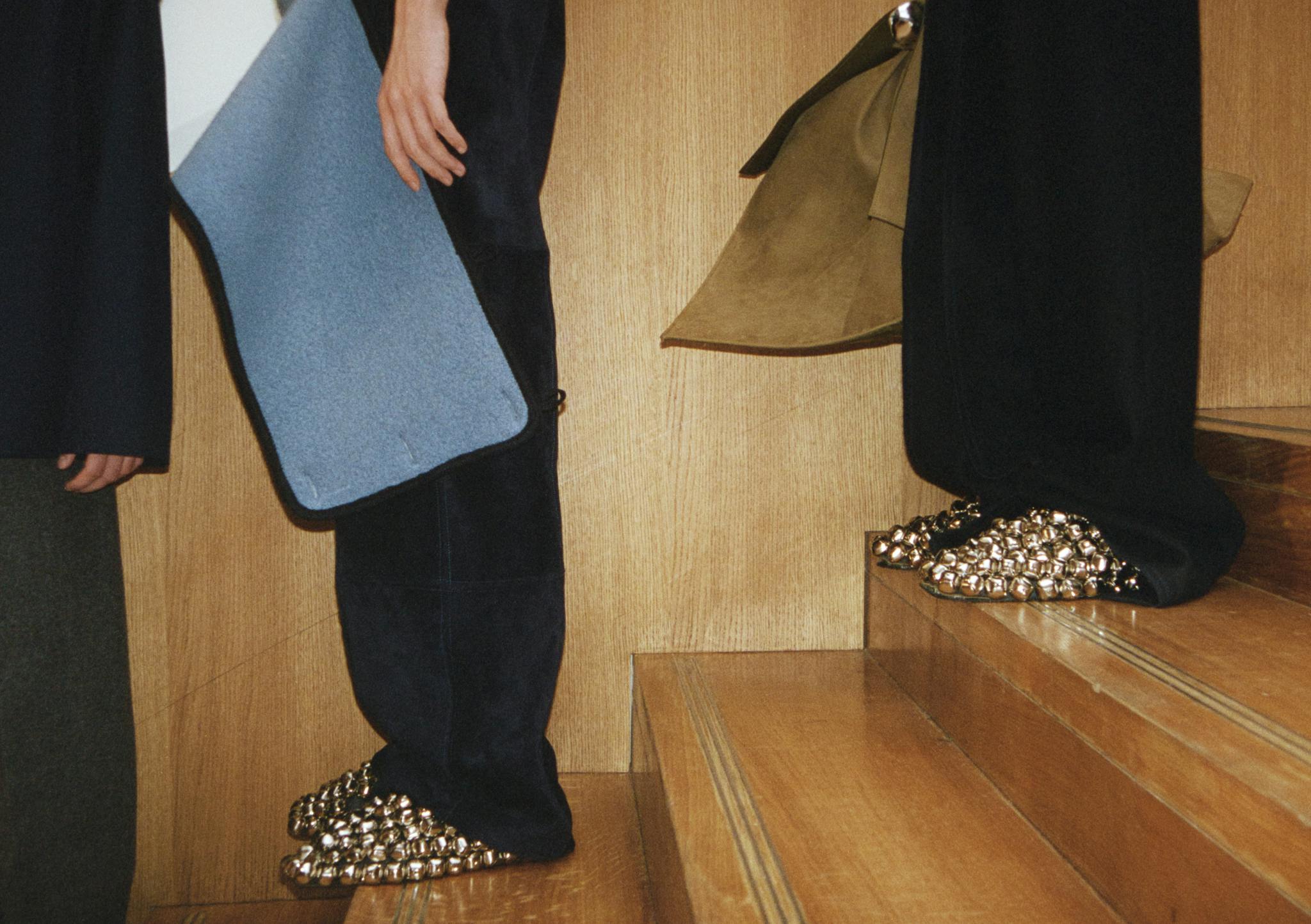




One year ago, creative studio and production company Obo invited me to shoot a carte blanche during Paris Fashion Week. It wasn’t the first time I’d been approached with a project like that—I had, in fact, turned down several similar opportunities in the past, as I felt they didn’t quite align with my vision. But this time was different: not only had my style evolved, but more importantly, I was granted complete creative freedom. So I took the chance. In the end, it became one of my favourite projects of 2024. I felt like a kid in a playground, moving from one world to another, simply capturing whatever caught my eye—whether it was a model, an object, or a landscape.
It wasn’t meant to become a book at the time—just a post for OBO’s social channels, likely to disappear after a few hours. I edited the images quickly, as I’m used to tight deadlines, and delivered them the following week.
A few months later, my digital operator suggested testing a new method for scanning film negatives, so I proposed using my backstage images as a way to experiment and play around. Then, seeing everything again months later—with high-quality scans—I decided to turn the project into something more lasting.
Il y a un an, le studio créatif et société de production Obo m’a proposé de réaliser une carte blanche pendant la Fashion Week de Paris. Ce n’était pas la première fois qu’on me sollicitait pour un projet de ce type – j’en avais d’ailleurs refusé plusieurs par le passé, estimant qu’ils ne correspondaient pas vraiment à ma vision. Mais cette fois, c’était différent : non seulement mon style avait évolué, mais surtout, on m’offrait une liberté créative totale. Alors j’ai saisi l’occasion. Au final, cela s’est révélé être l’un de mes projets préférés de 2024. Je me sentais comme un enfant dans un terrain de jeu, passant d’un univers à l’autre, capturant simplement ce qui attirait mon regard.
À l’origine, ce projet n’avait pas vocation à devenir un livre – juste une publication sur les réseaux sociaux d’Obo, destinée à disparaître au bout de quelques heures. J’ai édité les images rapidement, comme j’en ai l’habitude avec des délais serrés, et je les ai remises la semaine suivante.
Quelques mois plus tard, mon opérateur numérique m’a proposé de tester une nouvelle méthode de scan des négatifs argentiques. J’ai donc suggéré d’utiliser ces images comme terrain d’expérimentation. En redécouvrant les photos, plusieurs mois après, j’ai finalement décidé de donner à ce projet une forme plus pérenne.
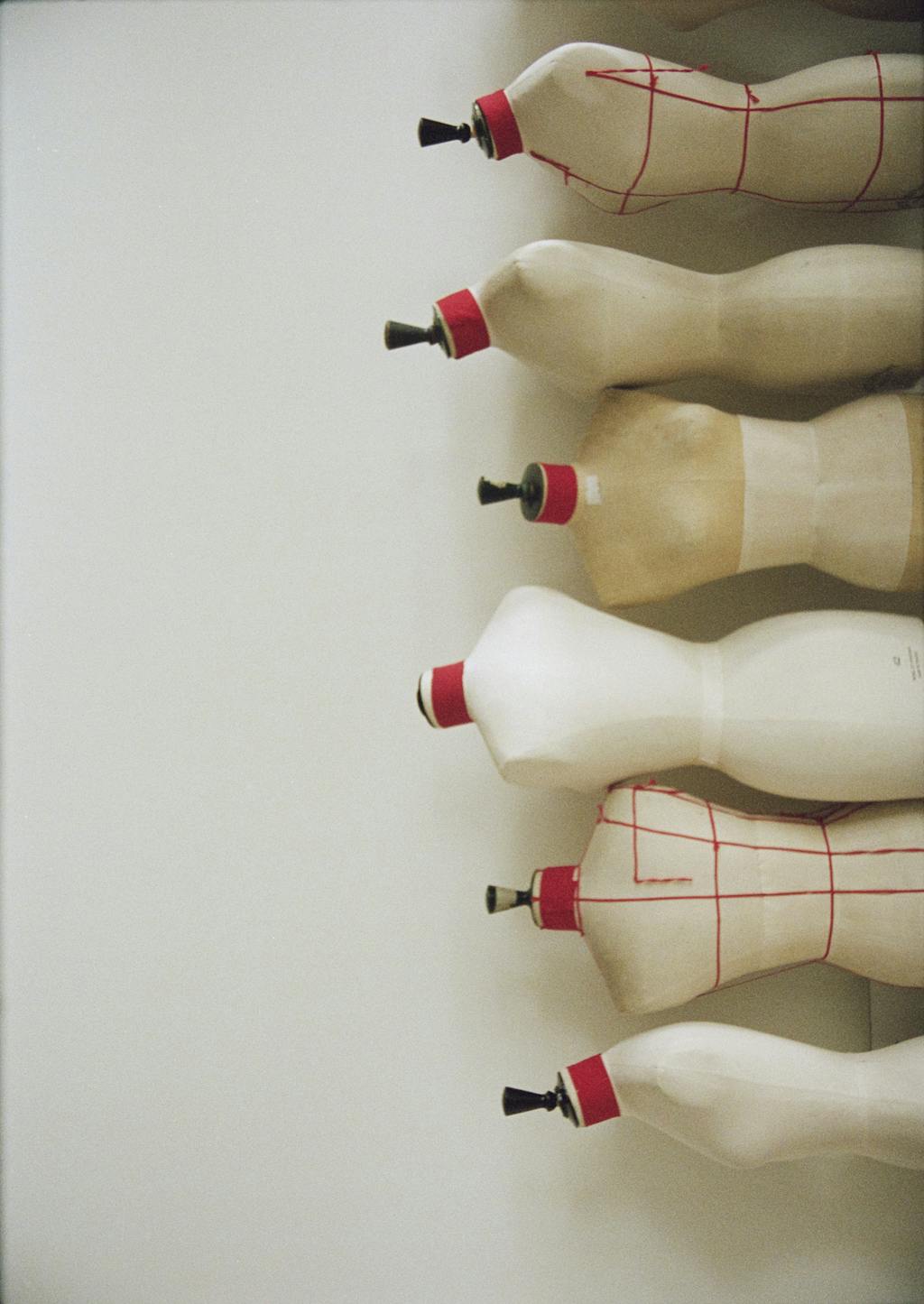


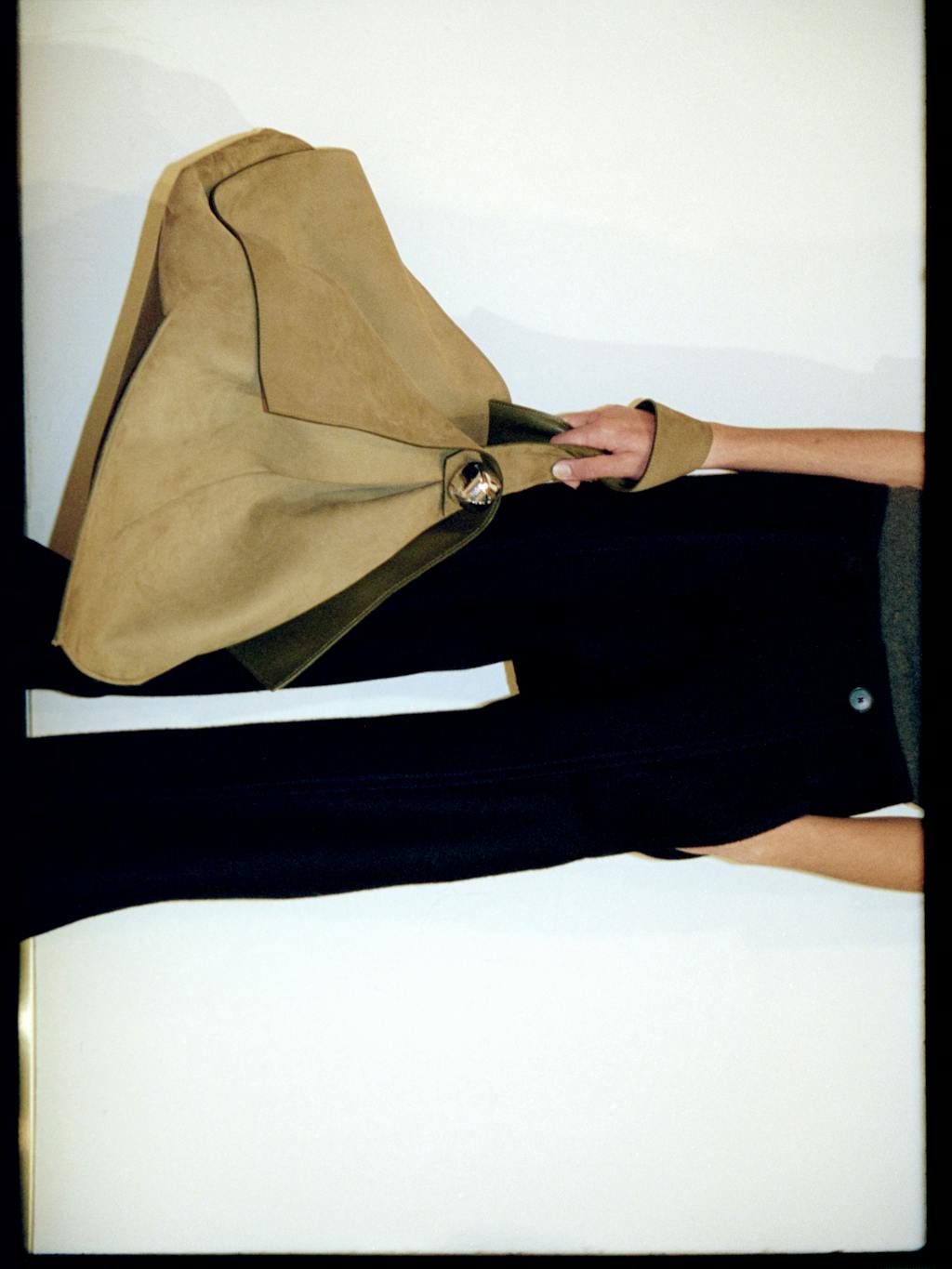


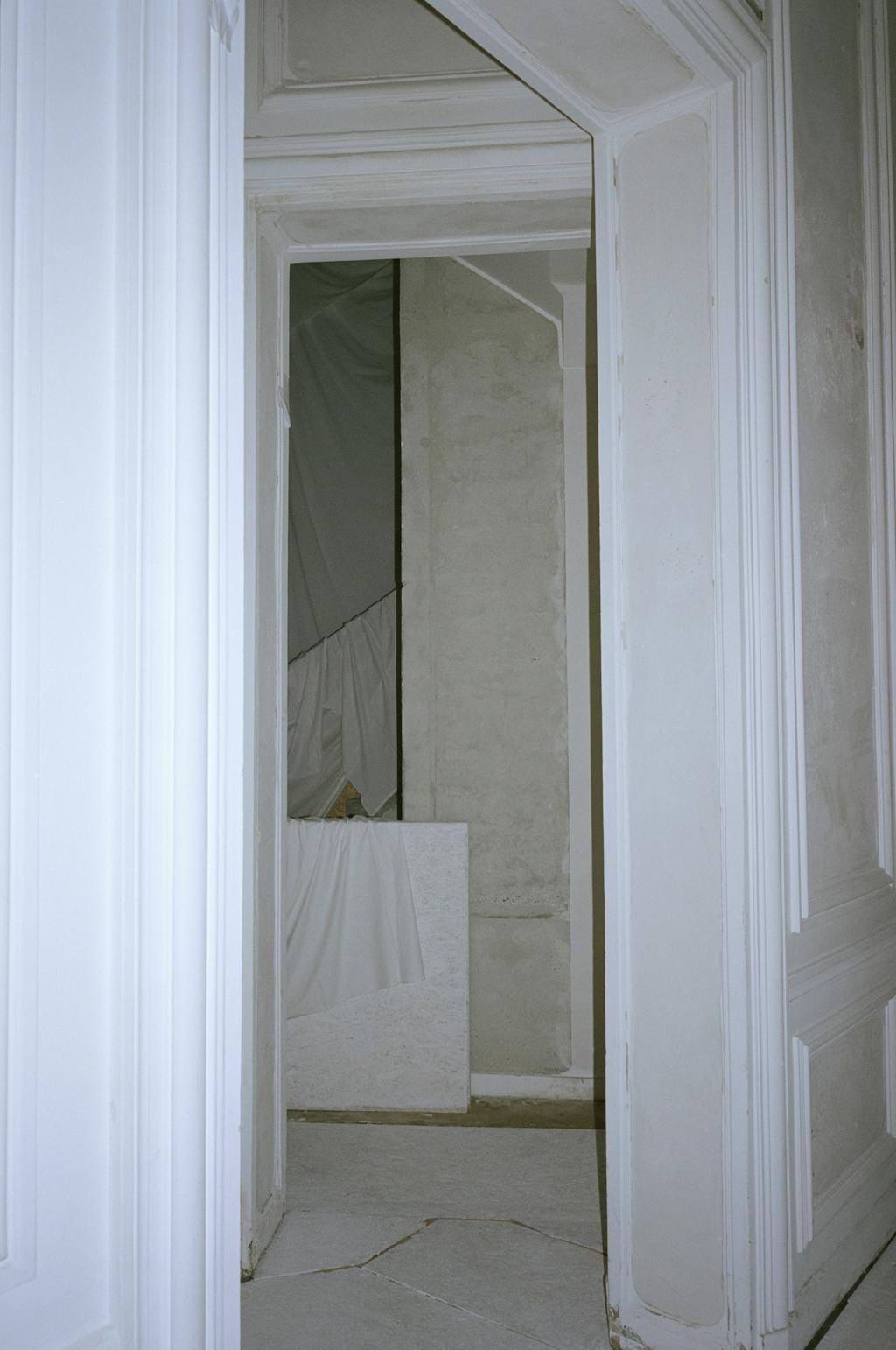

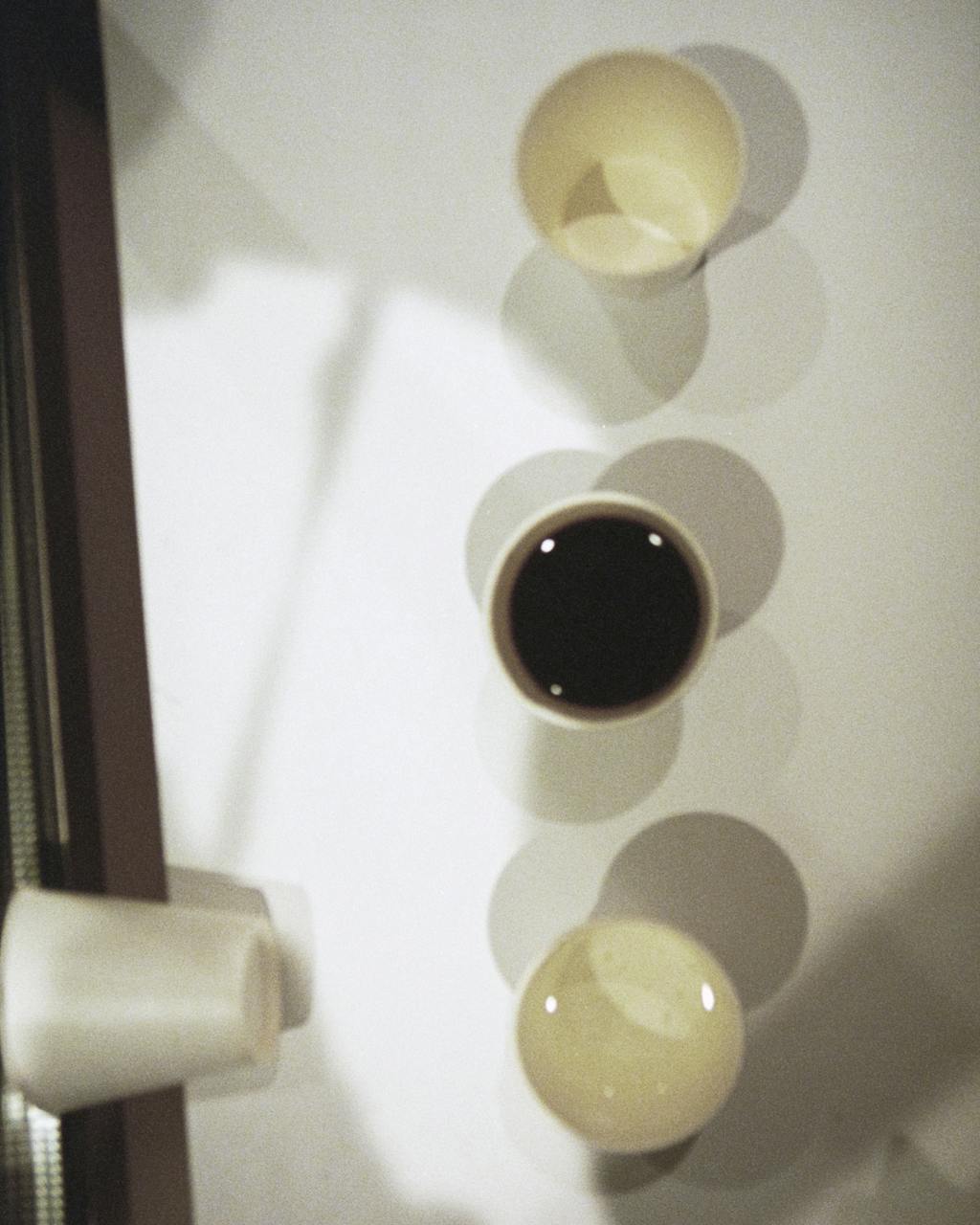
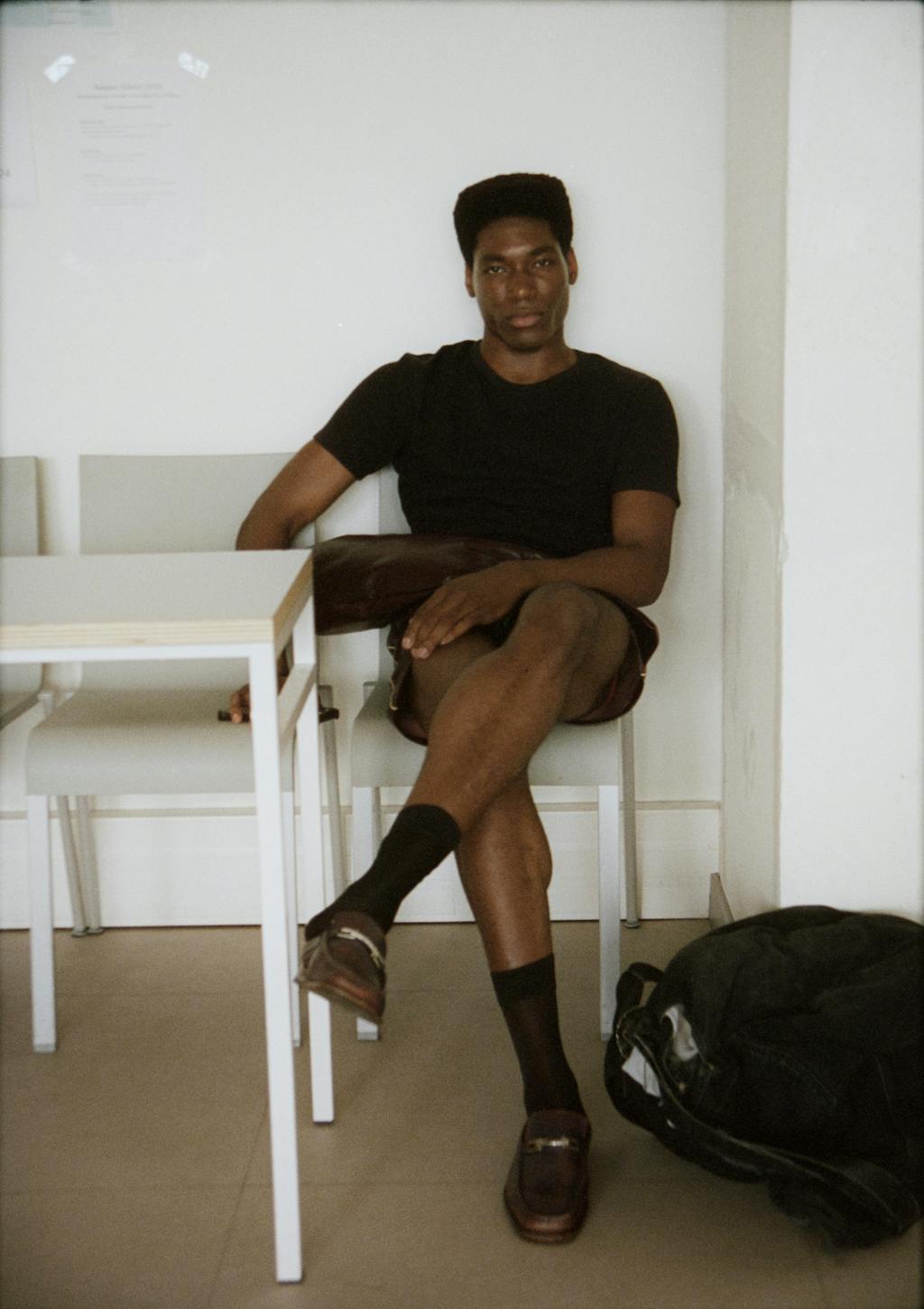
Born in the South of France, photographer Félix Dol Maillot began his career in fashion, launching a label with his brother. While living in New York City, he moved into photography, firstly assisting still life and fashion photographers.
Now Paris-based, Félix’s work is inspired by street culture and contemporary art. His portraits, fashion and still life oscillate between clean and considered and reportage in style, anchoring his work into a strong narrative. When not shooting commercial commissions, Félix travels the world to capture moments that he then turns into artist’s books.
Né dans le sud de la France, le photographe Félix Dol Maillot a débuté sa carrière dans la mode en lançant un label avec son frère. Installé à New York, il se tourne ensuite vers la photographie, en commençant par assister des photographes spécialisés en nature morte et en mode.
Aujourd’hui basé à Paris, Félix puise son inspiration dans la culture urbaine et l’art contemporain. Son travail – portraits, mode et natures mortes – oscille entre une esthétique épurée et réfléchie, et une approche plus proche du reportage, ancrant ses images dans une narration forte. Lorsqu’il ne travaille pas sur des commandes commerciales, Félix parcourt le monde pour capturer des instants qu’il transforme ensuite en livres d’artiste.
